TQM Method of Root Cause Analysis
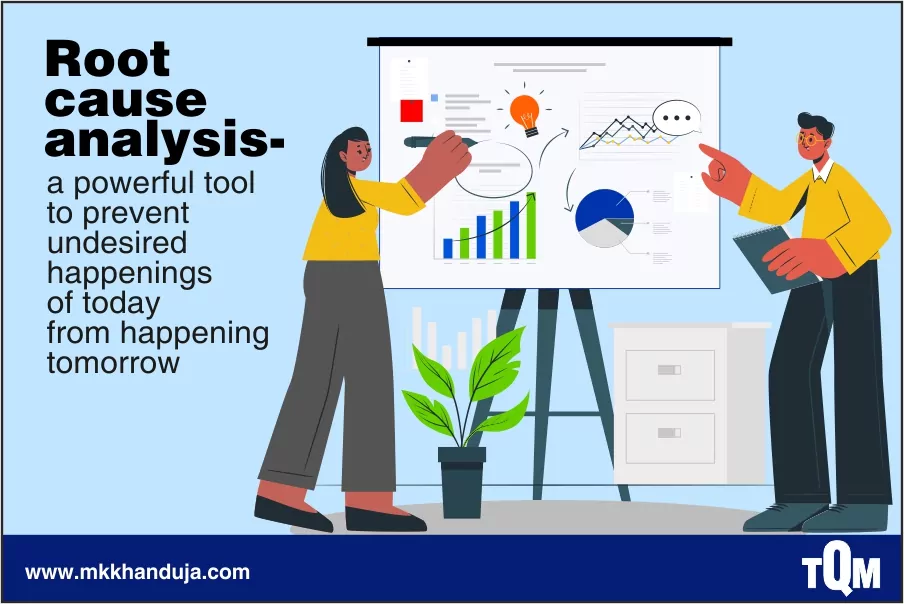
A powerful tool to prevent undesired happenings of today from happening tomorrow
To understand RCA in simple words, the following analogy seems appropriate. When patients go to the doctor to get treated, they are asked about their symptoms. However, treating symptoms does not treat the ailment, therefore, doctor identifies the root cause such that the treatment can be performed accordingly. Similarly, in mechanical systems and sub-systems, when occurs taking a short cut to repair the visible faults or symptoms would not entirely eliminate the problem. This is where the Root Cause Analysis is applied to go in-depth and find what is causing the failure in the first place. In a machine, various components work together and are interrelated hence, there is a requirement of tracking the problem down to the root cause.
TQM Root Cause Analysis, work in a defined manner that involves three simple steps for the identification of the root cause of the problem and thereafter, finding a solution. The three steps are as follows:
• Find the problem.
• Find why the problem happened.
• Develop a solution to reduce the possibility of re-occurrence of the problem.
Any fault in a machine is a result of one of three types of causes, physical, human and organizational. Physical causes are defined as faults in the machine or material that curtail its ideal operation. Human causes generally precede physical causes, in the sense that when a person fails to perform a task or does it incorrectly, its effect is seen as physical faults in the machine. Organizational causes are attributed to organizational ineffectiveness due to which the standard practice of performing tasks is rendered faulty.
RCA has a wide scope and can be applied in a wide range of situations. This versatile analysis is very effective in identifying the cause of the problem instead of focusing on results of the problem. As stated above, removing the symptoms does not ensure removal of the problem hence, RCA is the method that looks beyond the visible symptoms of the fault and offers a solution such that the machine performs better and the fault does not become repetitive.

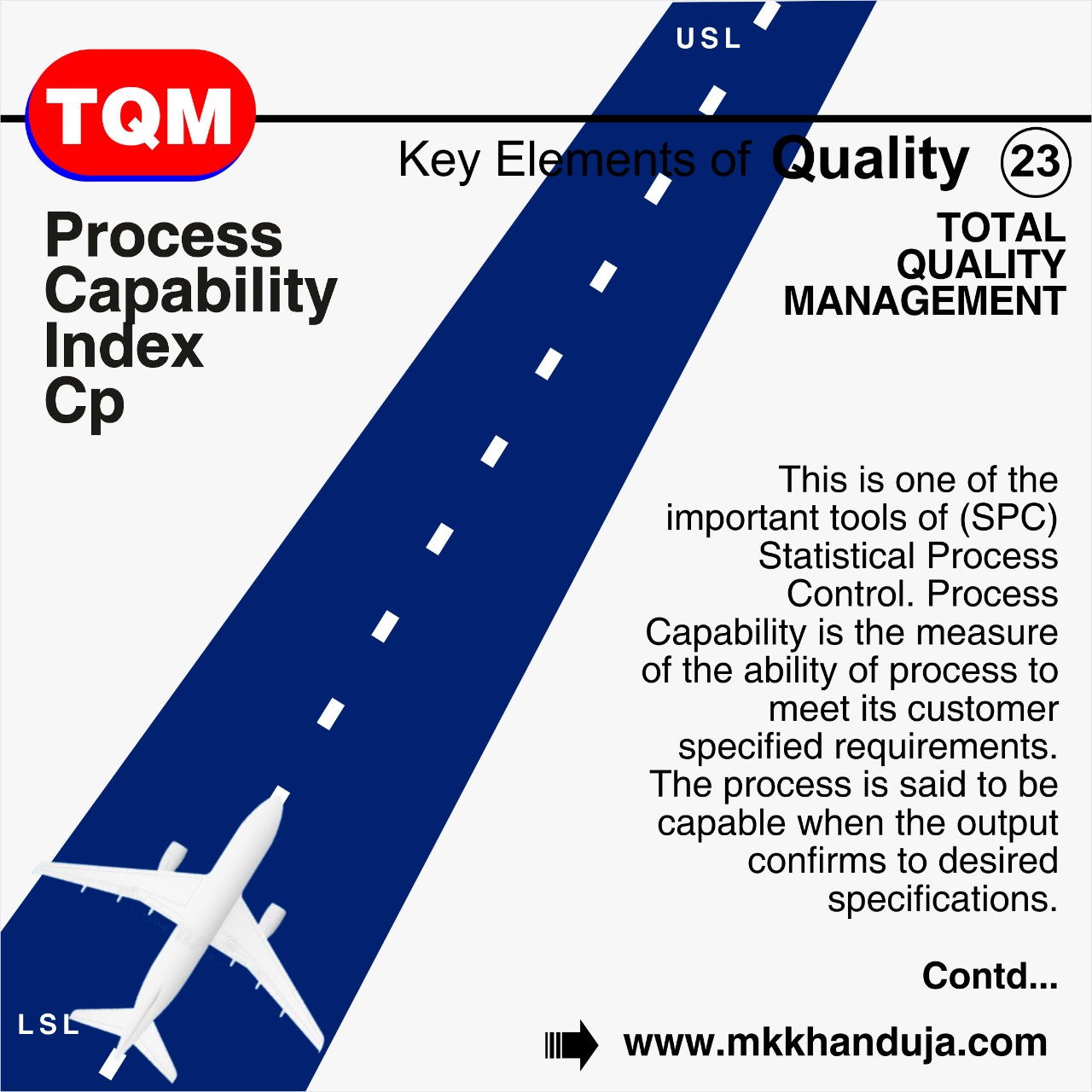
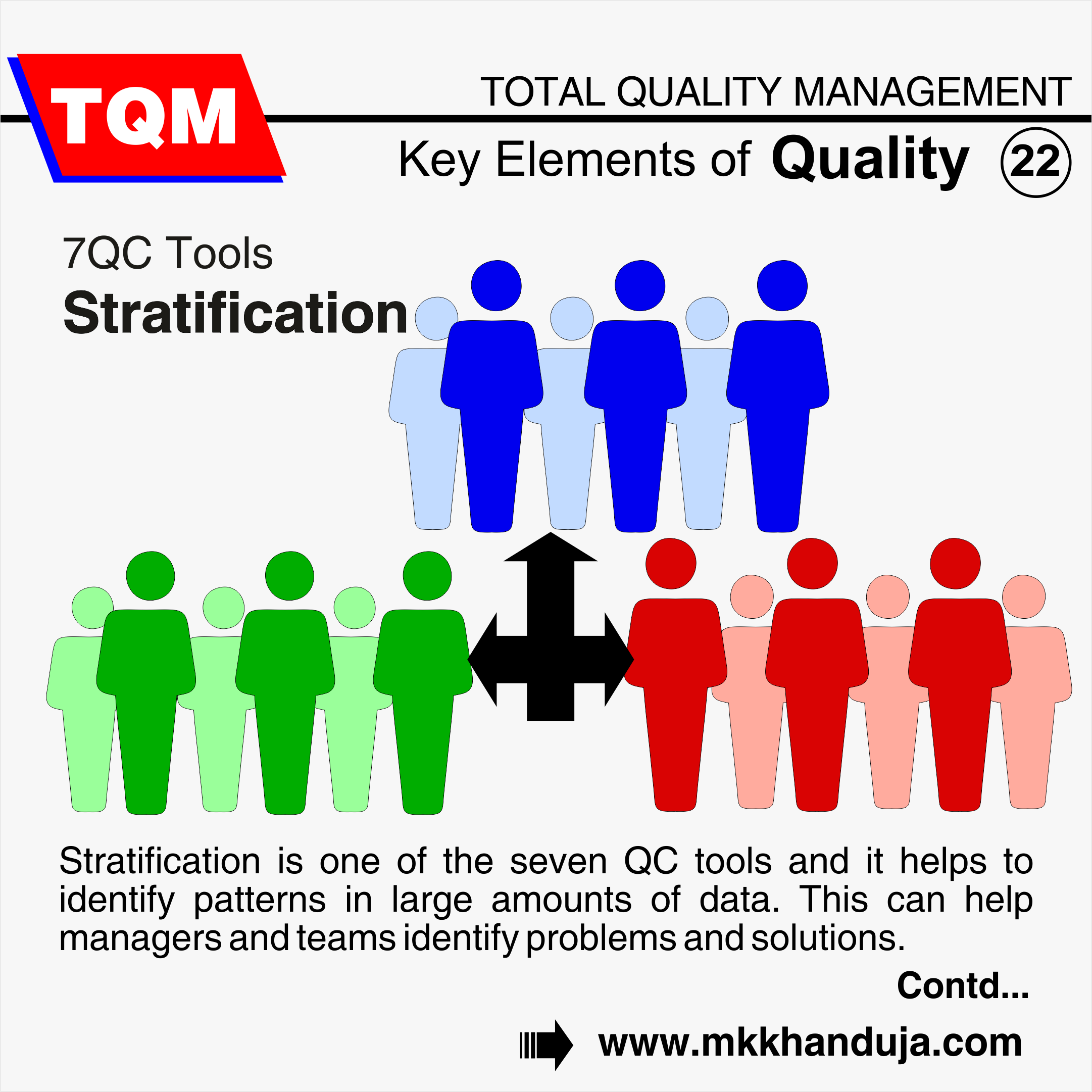
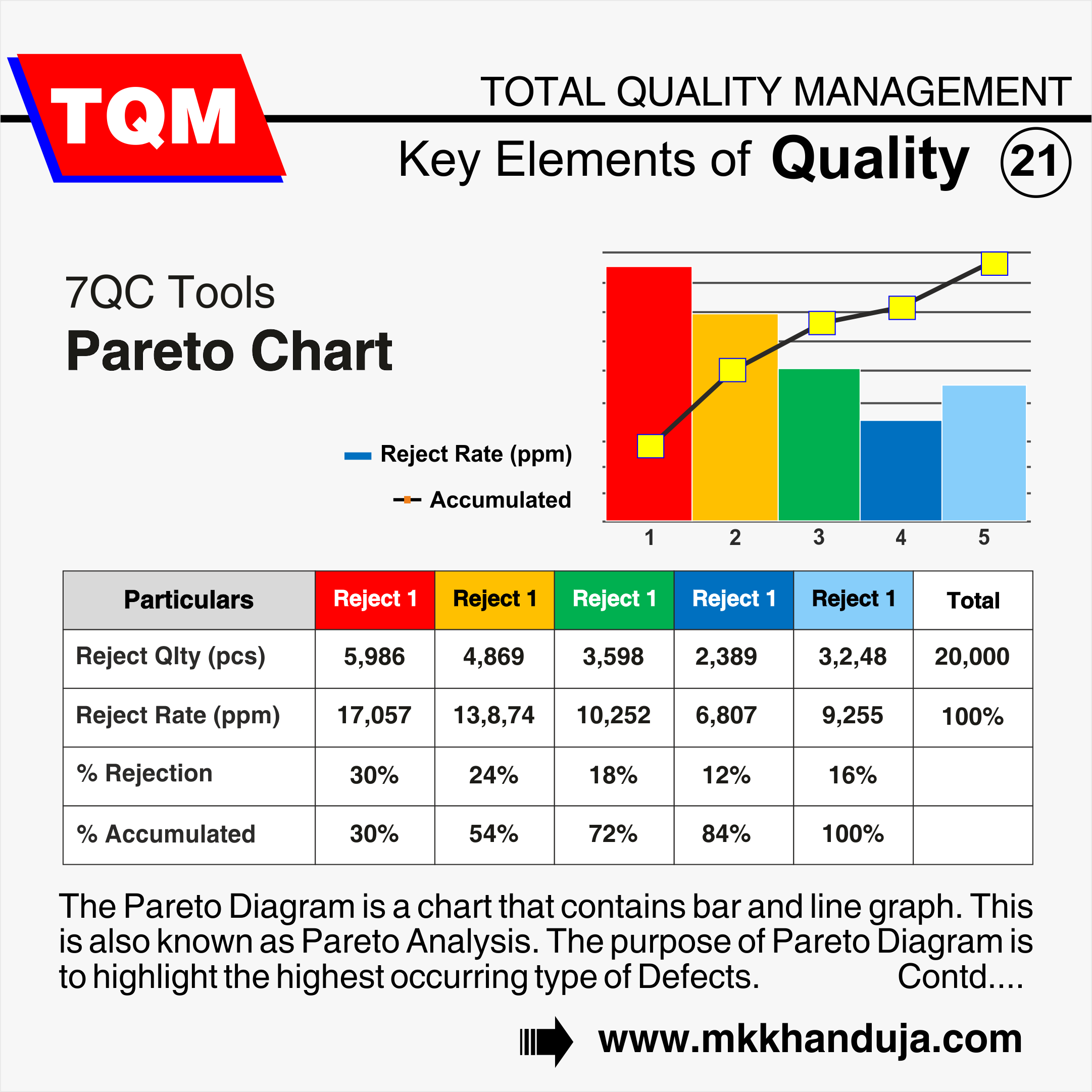
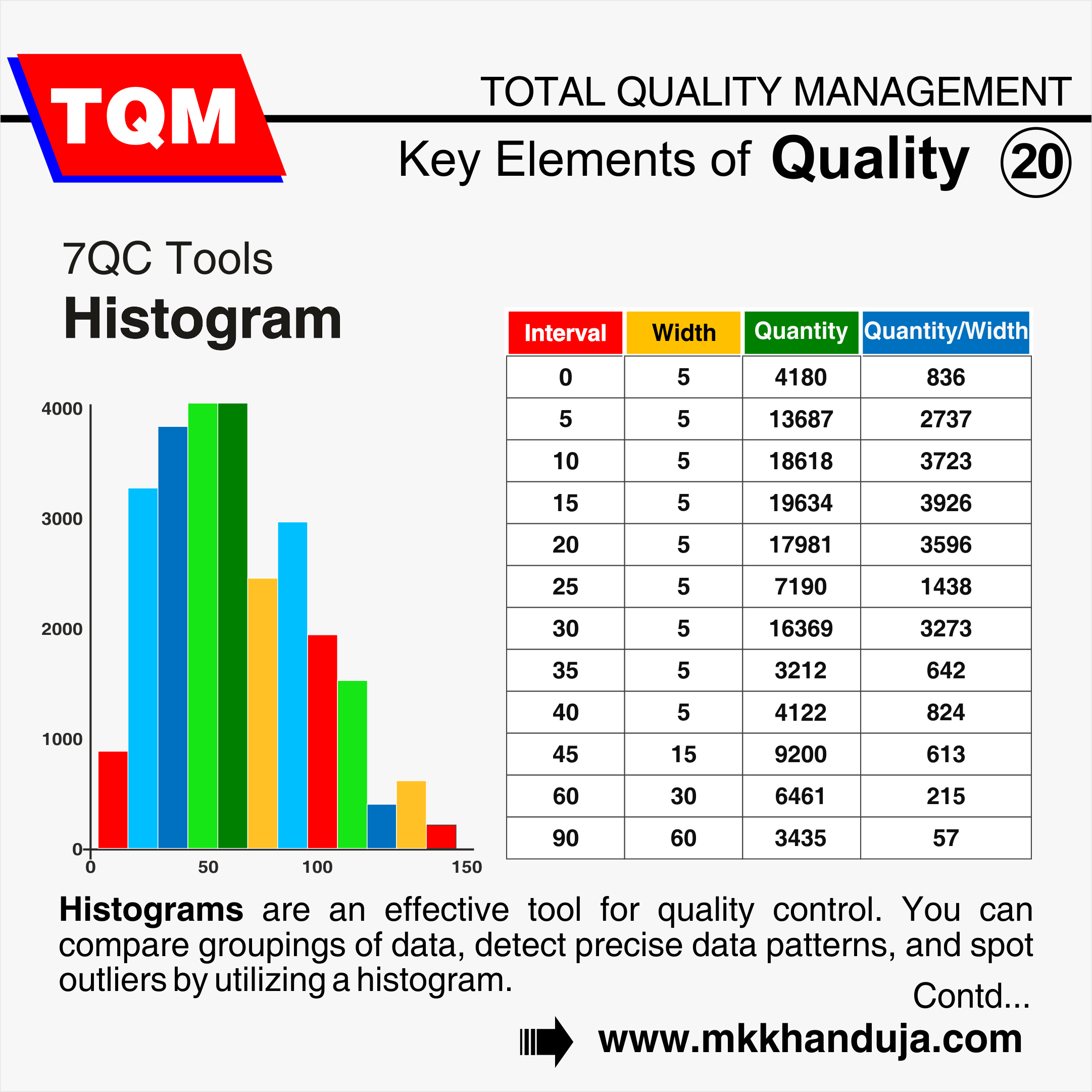
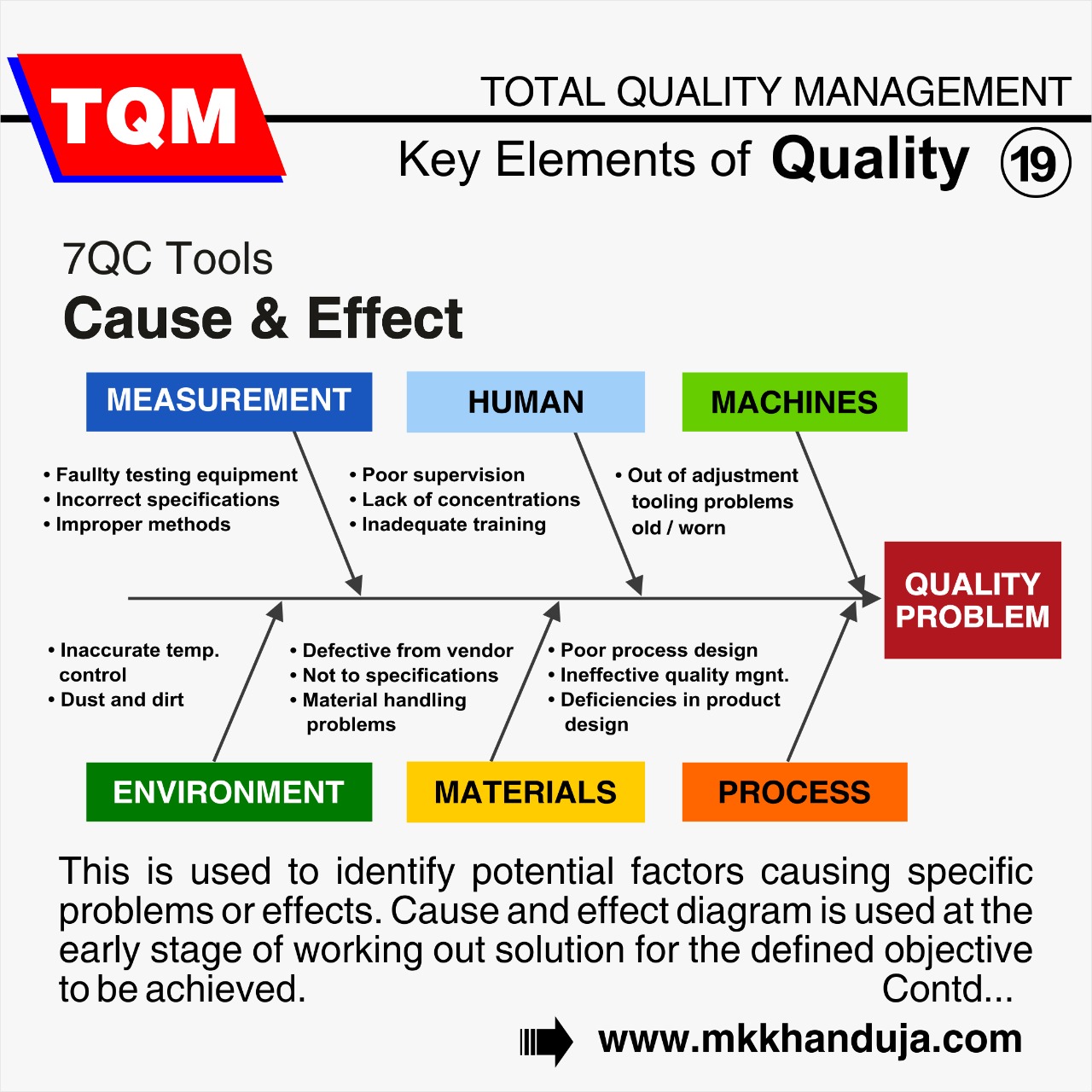
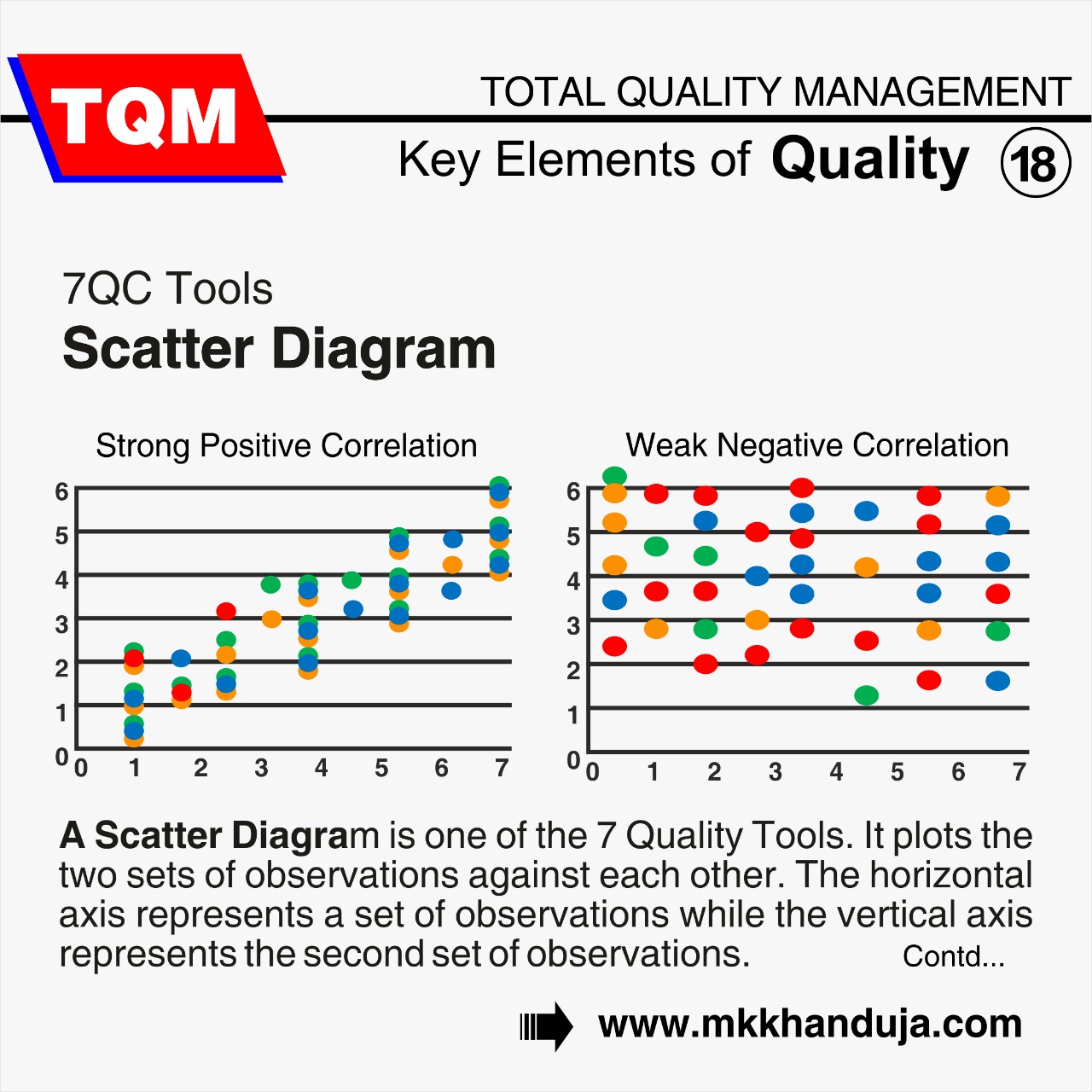
Comments